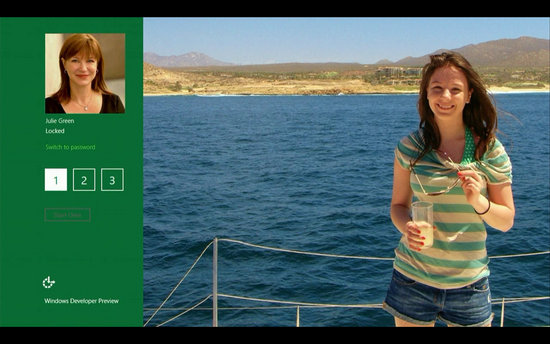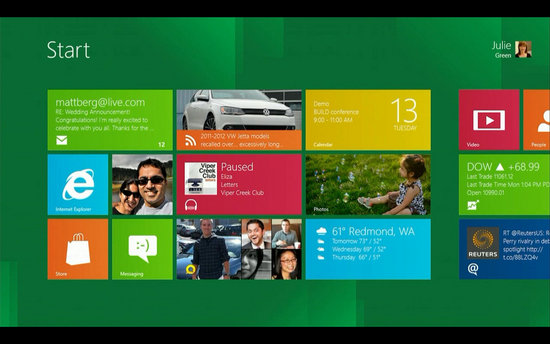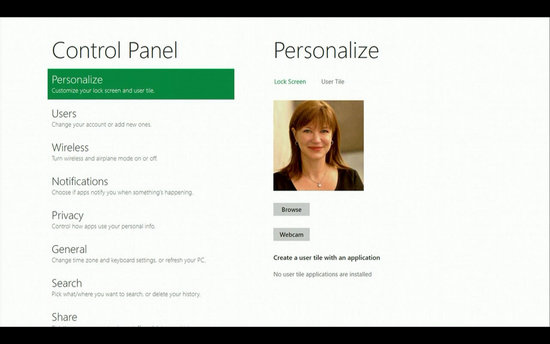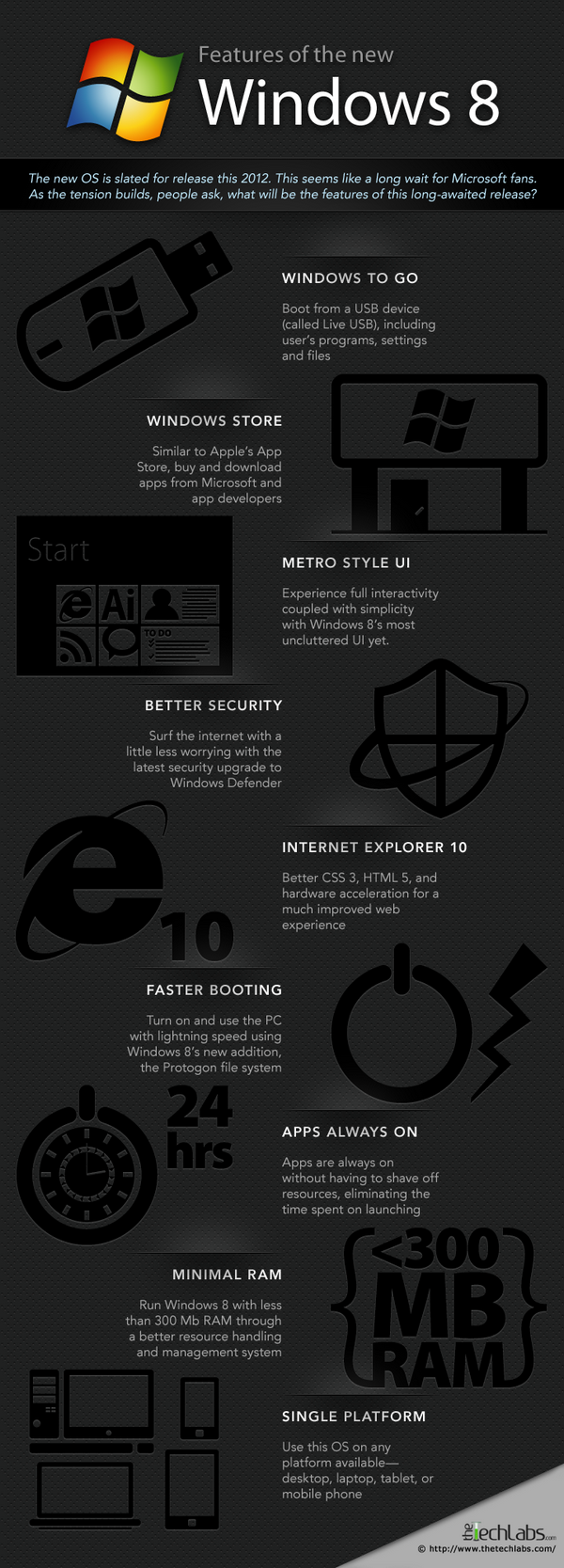Here's a real shocker: Teens are better than their parents at using
the Internet, and are likely to hide some of their online behaviors from
them.
That news comes from a
2,017-person survey funded by the online security software maker McAfee,
which is pushing a product that helps parents monitor their kids
online.
Seventy percent of teens
"hide their online behavior" from parents, according to the report,
which was released Monday. That's up from 45% in 2010, the group says.
These hidden behaviors
include some things you might expect -- such as accessing violent (43%)
or pornographic (32%) content online -- but also a few surprises.
Fifteen percent of teens have hacked into social networks; 9% have
hacked into e-mail accounts; 12% have met face to face with a person he
or she met on the Internet; and 16% of teens surveyed said they had used
their phones to cheat on tests at school.
McAfee said parents are often unaware of these behaviors.
"Parents, you must stay in-the-know," McAfee's Robert Siciliano
wrote in a blog post.
"Since your teens have grown up in an online world, they may be more
online savvy than their parents, but you can't give up. You must
challenge yourselves to become familiar with the complexities of the
teen online universe and stay educated on the various devices your teens
are using to go online.
"As a parent of two young
girls, I proactively participate in their online activities and talk to
them about the 'rules of the road' for the Internet. I'm hoping that
this report opens the eyes of parents to become more involved and also
consider using technology such as McAfee Safe Eyes to protect their kids
online."
There's the product
pitch. McAfee Safe Eyes, like similar products from other security
companies, lets parents spy on their kids' online behaviors and block
certain websites. According to an online description of the product,
Safe Eyes lets parents log the social-media posts and instant message
conversations of their children.
Nearly half of parents
install some sort of online controls, the survey said. Forty-four
percent know their teens' passwords, and one in 10 uses a
location-monitoring device.
Not everyone advocates that approach to teen online security, however.
"We don't think it's a
good idea for parents to spy on their kids surreptitiously, because
eventually they're going to find something they have to confront them
about, and it's going to destroy the other lines of communication,"
Justin Patchin, a criminal justice professor and co-director of the
Cyberbullying Research Center, told CNN in 2010.
In the report, McAfee also encourages parents to be upfront with their children if they decide to monitor their behaviors.
"Half of teens say they would think twice about their online activities if they knew parents were watching," the report said.
The McAfee-funded report, which was carried out by the research company TRU, surveyed 1,013 parents and 1,004 teens between the ages of 13 and 17. The interviews were conducted online in May.
The report, titled "The digital divide: How the online behavior of teens is getting past parents" (PDF), also includes a list of the "top 10 ways teens are fooling their parents."
Here's the list, with the percentage of teens who said they engaged in these behaviors, according to the survey results:
1. Clear browser history (53%)
2. Close/minimize browser when parent walked in (46%)
3. Hide or delete IMs or videos (34%)
4. Lie or omit details about online activities (23%)
5. Use a computer your parents don't check (23%)
6. Use an Internet-enabled mobile device (21%)
7. Use privacy settings to make certain content viewable only by friends (20%)
8. Use private browsing modes (20%)
9. Create private e-mail address unknown to parents (15%)
10. Create duplicate/fake social network profiles (9%)





